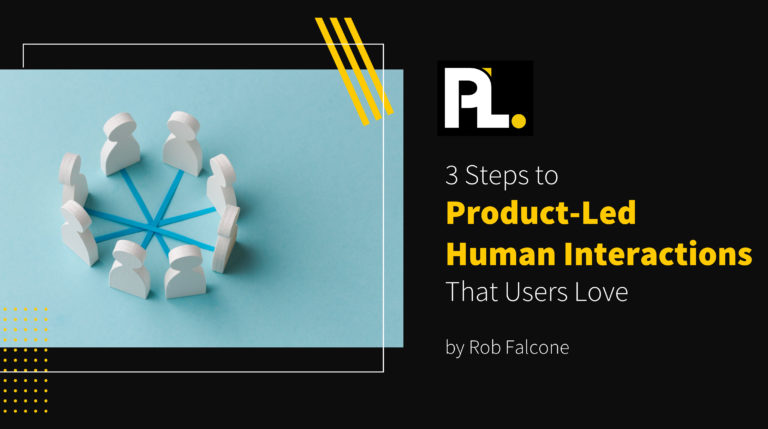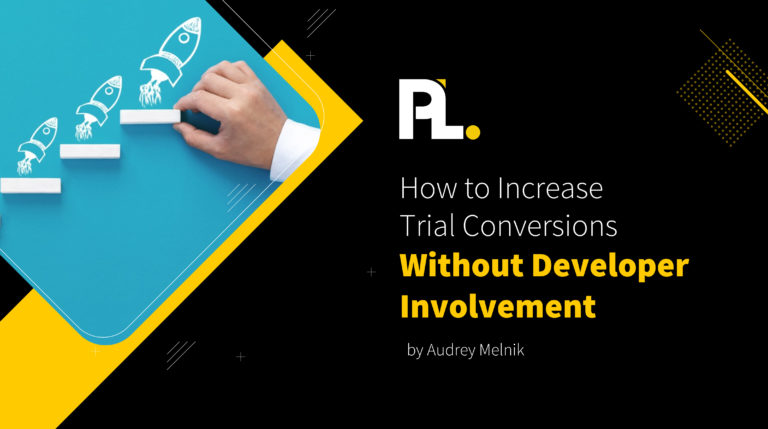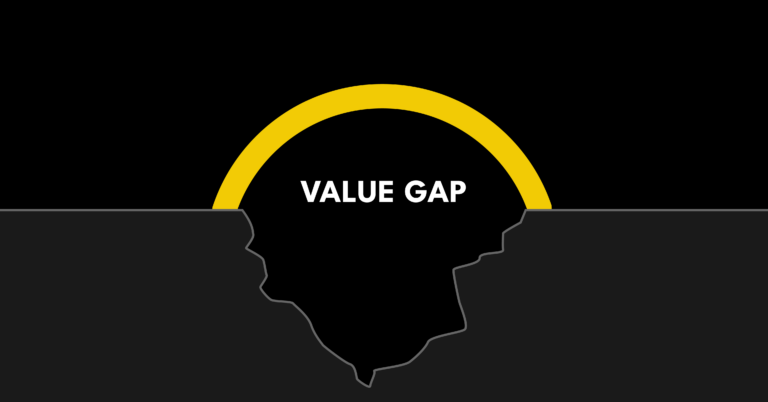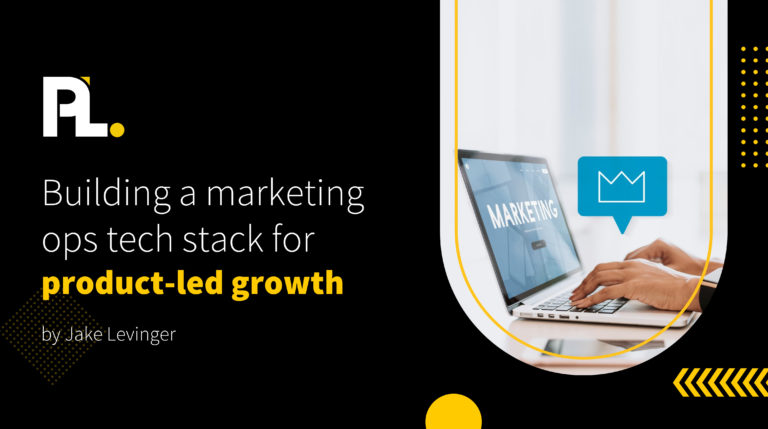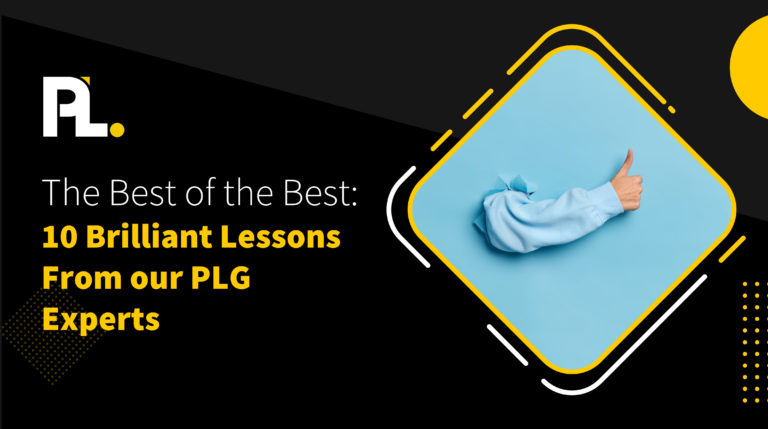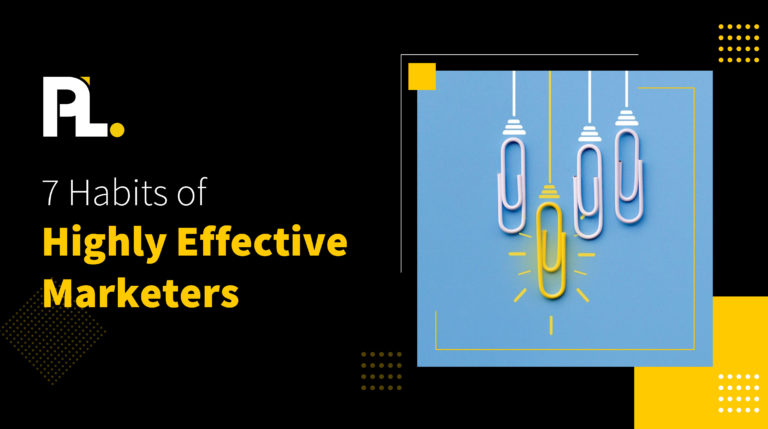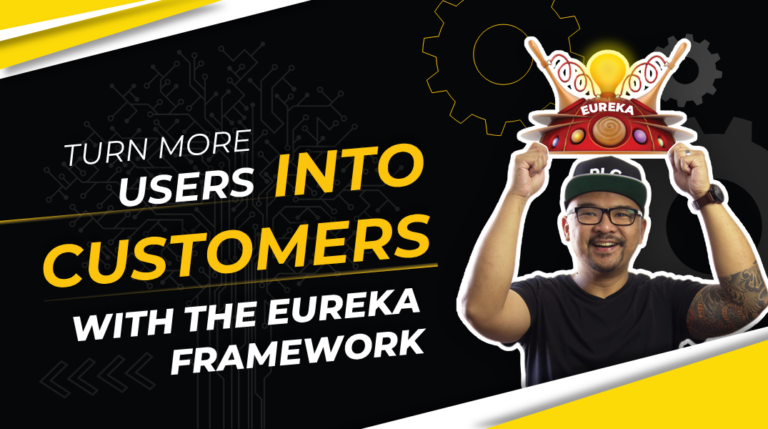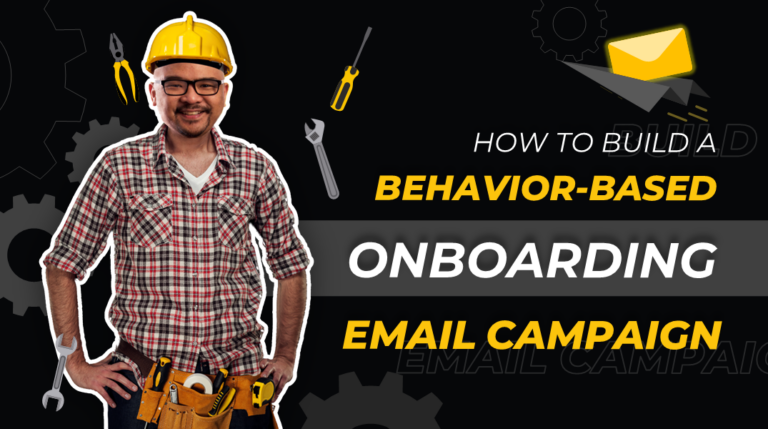The most successful entrepreneurs and startup founders understand the connection between behavioral psychology and marketing. This knowledge allows them to make more informed marketing-related decisions, which improves the odds of a positive return on investment (ROI).
Here’s an example: 95 percent of our purchase decision-making takes place in the subconscious mind.
But don’t fall into the trap of believing that behavioral psychology is only for generating sales. Yes, it can be used for that, but it’s just a start. You can use behavioral psychology in every part of the funnel, from acquisition to activation to retention.
In this article, we discuss:
- How to understand your customers
- An example of behavioral psychology
- Behavioral psychology marketing tips
Let’s get started!
First, Behavioral Psychology Starts With Understanding Your Customers
If you remember nothing else from this article, let it be this: behavioral psychology starts with understanding your customers. Without this knowledge, all you’re doing is guessing. And with that, you shouldn’t expect top-of-the-line results.
The unfortunate truth is that most product marketers don’t understand their customers. Sure, they may have some basic knowledge, but they don’t really understand why they make the decisions they do.
Let’s start with an excerpt from Insider Intelligence:
In a survey of 1,000 marketers worldwide, respondents estimated they waste an average of 26% of their budgets on ineffective channels and strategies. And about half of respondents said they misspend at least 20% of their budgets.
Imagine you’re one of these people. You’re throwing 20 to 25 percent of your marketing budget out the window. It’s numbers like these that show how many companies don’t understand their consumers. And with that, they approach product-led marketing in an efficient and oftentimes ineffective manner.
Behavioral psychology, which starts with understanding your customers, allows you to understand why consumers make specific decisions and in turn, boost your marketing efficiency.
Behavioral Psychology: An Example for SaaS Businesses
The way you use behavioral psychology to connect with, engage, and market to your customers depends on various factors, such as your industry, what you’re selling, and the price point. Even so, there are some general points that can jumpstart your strategy.
When we start with the basics, all product marketers share the responsibility of convincing users and prospects to use or buy a product. One of the easiest ways to improve in this area is to understand how consumers make decisions in the first place:
- What attracts them to your product?
- What keeps them engaged?
- What’s their budget range?
When you see cues that a user is about to churn — such as reduced time using the product — consider sharing advanced data to verify what they’re already thinking. That being that they’ve spent too much time with the product to walk away.
To be effective at this, you must get into the collective head of your audience. Know what they’ve done in the past, why they’re considering a change, and what type of information they best engage with. The best way to do this is by reviewing the data you’ve collected as a whole and as it relates to individual customers.
Behavioral Psychology SaaS Marketing Tips
You won’t become a pro at behavioral psychology overnight, and that’s okay. You don’t need an advanced level of knowledge to benefit. You need a strategy that targets your audience, and that’s what you’ll learn in the sections below.
Here are three behavioral psychology product-led marketing tips:
1. Distinctiveness Matters
People remember SaaS companies that are unique. They don’t remember those that are basic or those without unique traits.
For instance, if you went to elementary school with a kid who always wore a suit (when no one else did), you’re likely to remember them. It’s not because you liked or disliked their style choice. It’s because they were unique.
The same concept holds true in the business world. You’re not the only company in your industry, so you must find a way to stand out. This improves the likelihood of customers and prospects remembering your brand. Don’t get lost in the shuffle.
Unique comes in many forms. It could be a company’s website design. It could be its features. It could be its approach to customer service.
Clockify is a great example. Rather than use screenshots or static images on its homepage — which is common among SaaS businesses — they inserted a 12-minute demo. This is something that people will remember.
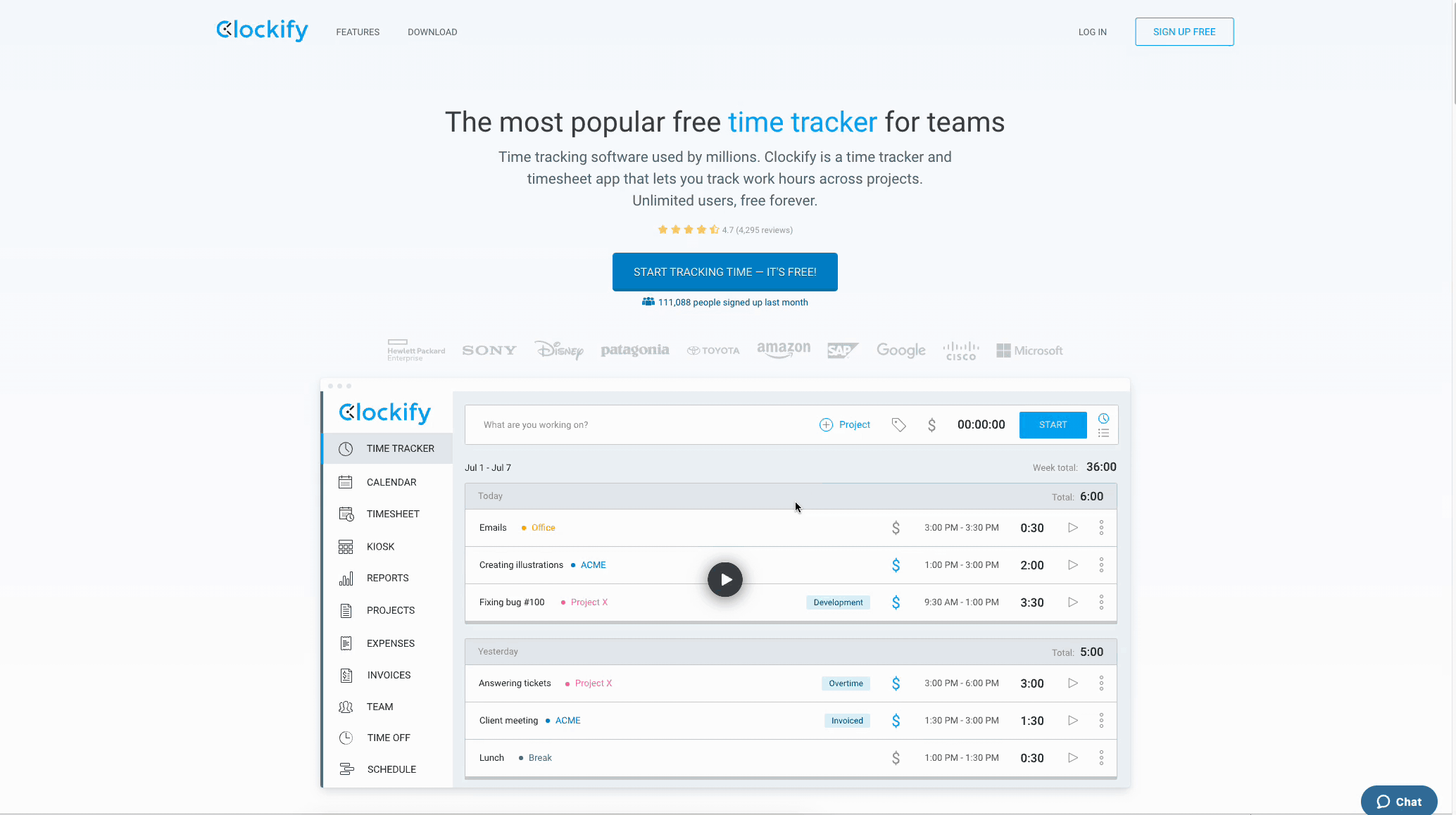
2. Cohesion Follows Distinctiveness
With distinctiveness being so important to your overall success, it’s good to double down here.
The suggestion is that you’re distinct in how you build your brand; you’re distinct in how you market to and engage with your audience.
On the flip side, avoid a strategy that entails changing direction every week, month, or quarter. Constant changes kill your cohesion, and with that, your target audience never knows what to expect.
Take Coca-Cola, for example. Yes, its products stand out, but that alone isn’t enough for the company to be an industry leader for 136 years. It takes a cohesive and distinct marketing strategy, combined with a clear understanding of its target audience, to accomplish that.
Bynder shares the following regarding Coca-Cola’s distinct branding:
There are six categories of branding “secrets” we can learn from Coke, which we’ll dig further into here in a second:
- Build a robust multi-sensory brand identity.
- Match CSR initiatives to the world’s biggest problems and help solve them.
- Focus on how your product(s) makes people feel.
- Remain relevant to your global audience (and your brand ambassadors), even as they change.
- Always be diversifying.
- Create enduring content marketing campaigns that people remember F-OR-EV-ER.
Sticking with this example, let’s examine the company’s logo history to see how much it has changed.
What do you think? In its early days, the company changed its logo a handful of times, but even then, it remained similar with each iteration. However, since 1941, it’s been exactly the same.
The more your message changes, the more difficult it is to make your brand “stick.” Consistent and distinctive messaging builds your brand in a manner that remains in your consumer’s minds.
3. Take Advantage of Anchoring
The basic idea of anchoring is that consumers are influenced by an initial piece of information from a brand. Your goal is to control what this anchor is. You don’t want your audience to choose the anchor. You want to do this for them, as that allows you to also control your messaging.
An example is the Snickers ice cream study. The company wanted to see if they could increase the volume of ice cream purchased by adding anchoring to their marketing message.
They started with a marketing message in supermarkets that simply told consumers to buy more Snickers ice cream for their freezers. And it worked. This showed that simply telling a consumer to make a purchase can be effective.
But they didn’t stop there. With its next campaign, Snickers told consumers to buy 18 ice cream bars for their freezers. Yes, that’s a crazy-high number, but that was the point. Adding the number “18” to the messaging made it stand out, which increased its power as an anchor. Subsequently, sales increased.
No matter where you’re addressing your consumer — from an app to an email to social media — they will be anchored by a piece of information you provide. The most successful marketers use that anchor to leverage the “power of the nudge.” It makes their message and/or product more appealing and effective.
Is it Time to Get Serious About Behavioral Psychology?
If you want to achieve all your product-led marketing goals, it’s imperative to get serious about the inner workings of behavioral psychology. As noted above, you don’t need to be a professional-level psychologist to achieve success. All you need is a solid understanding of your target audience, including who they are, how they think, and what you can do to influence them.
For those who are just getting started, learn more about the Product-Led Fundamentals free training course. This course will get you into the right frame of mind, and that’s important as you move toward your goal of using behavioral psychology to reach the top of your industry.


